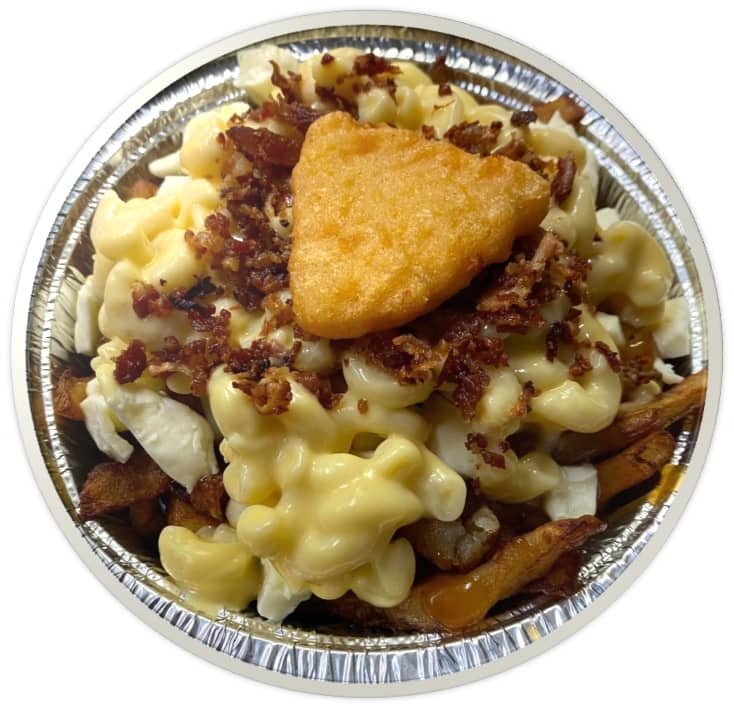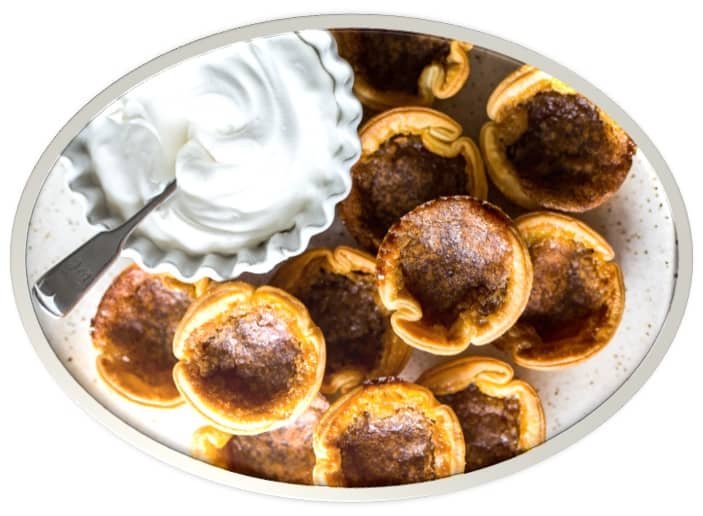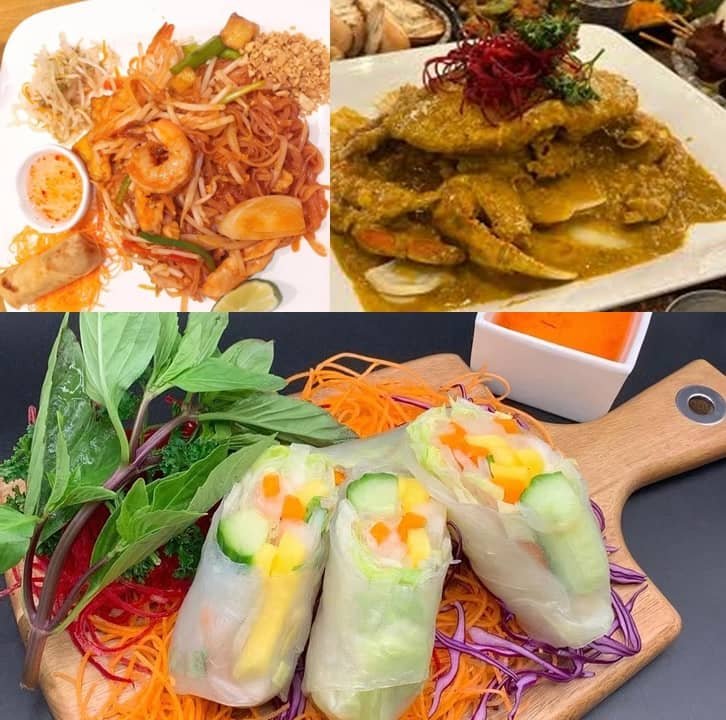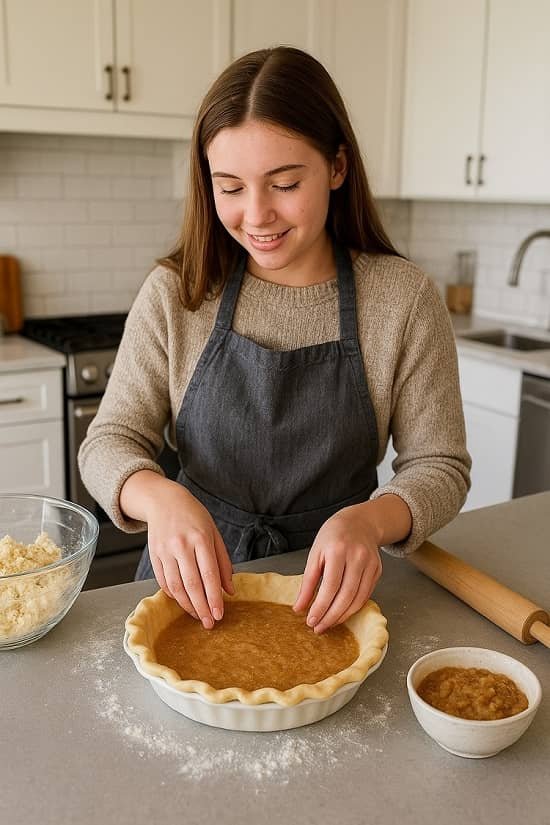Canadian Pioneer Food Recipes offer a unique window into the lives of early settlers who braved Canada’s untamed wilderness. Rooted in practicality, these recipes utilized locally available ingredients to create meals that were simple yet nourishing. Passed down from generation to generation, they represent a culinary heritage that deserves to be preserved and celebrated.
In this blog, you’ll embark on a flavorful journey through traditional Canadian pioneer dishes—learning about the ingredients, methods, and cultural stories behind them. Whether you’re cooking for comfort, curiosity, or a craving for history, these recipes bring the past to life.
1. The Roots of Pioneer Cuisine
Life for Canada’s pioneers was tough. Long winters, unpredictable harvests, and minimal supplies meant settlers had to be innovative with their meals. Canadian pioneer food recipes emerged from this necessity—blending Indigenous culinary knowledge with European traditions. Dishes were usually prepared in large batches over open fires or wood stoves, made with ingredients that could be foraged, grown, or preserved.
2. Essential Ingredients & Cooking Methods
Early settlers relied on ingredients that were cheap, long-lasting, and easily accessible. These included:
- Root vegetables (potatoes, onions, carrots)
- Cornmeal and flour
- Salt pork and dried meats
- Wild berries (blueberries, cranberries, saskatoons)
- Maple syrup, molasses
- Beans and legumes
Popular cooking methods included:
- Open-fire roasting
- Dutch oven baking
- Smoking, drying, or pickling
- One-pot stewing over embers
3. Breakfast Staples of the Settlers
Cornmeal Mush
This warm, porridge-like dish was a comforting start to the day. Made from cornmeal and water, it was often topped with maple syrup or molasses.
Ingredients:
- 1 cup cornmeal
- 4 cups boiling water
- Pinch of salt
- Molasses or maple syrup to serve
Bannock Bread
One of the most iconic Canadian pioneer food recipes, Bannock is a quick flatbread that could be cooked over a fire or in a pan.
Ingredients:
- 2 cups flour
- 1 tbsp baking powder
- 1/4 cup lard
- 3/4 cup water
- Pinch of salt
Mix ingredients, form into a flat dough, and cook in a hot pan or bake in an oven.
4. Midday Meals That Fueled Work
Lumberjack Stew
Hearty and nutritious, this stew was perfect for fueling pioneers through a hard day’s labor.
Ingredients:
- 1 lb stewing beef or pork
- 2–3 diced potatoes
- 1 onion
- Carrots, turnips
- Herbs, salt, pepper
Simmer all ingredients for 1–2 hours until tender.
Beans and Salt Pork
This slow-cooked favorite is one of the classic Canadian pioneer food recipes, offering protein and flavor with minimal ingredients.
Ingredients:
- 2 cups dried beans
- 1/2 lb salt pork
- 1 onion
- Molasses, dry mustard
Soak beans overnight, then bake slowly with other ingredients for several hours.
5. Hearty Dinners by the Hearth
Tourtière (French Canadian Meat Pie)
This savory meat pie is a holiday staple with roots in the pioneer era.
Ingredients:
- 1 lb ground meat (pork or beef)
- Onion, mashed potatoes
- Cinnamon, cloves
- Pie crust
Cook filling, place into crust, and bake until golden.
Johnny Cake
A simple cornmeal-based bread, Johnny Cake was a dinner and dessert favorite.
Ingredients:
- 1 cup cornmeal
- 1/2 cup flour
- 1 egg
- 1 cup milk
- 2 tbsp butter
Mix and bake for 25 minutes at 375°F.
6. Classic Pioneer Desserts
Apple Brown Betty
Stale bread and apples became magic with a bit of sugar and spice.
Ingredients:
- Sliced apples
- Breadcrumbs
- Cinnamon
- Brown sugar
- Butter
Layer and bake until golden and bubbling.
Molasses Cookies
Molasses was one of the most-used sweeteners in Canadian pioneer food recipes due to its shelf life and affordability.
Ingredients:
- 1/2 cup molasses
- 1/2 cup sugar
- 1 egg
- 2 cups flour
- Cinnamon, baking soda
Mix, shape, and bake for 10 minutes.
7. Preserving the Harvest
Since fresh produce was seasonal, pioneers preserved food using time-honored methods:
Pickling
Pickled vegetables like cucumbers and cabbage added crunch and acidity to winter meals.
Fruit Leather
Berries were mashed and dried into sheets—an early version of fruit roll-ups!
8. Pioneer Beverages
Birch Sap Drink
Tapped in early spring, birch sap was a refreshing, lightly sweet drink often consumed straight or fermented.
Dandelion Tea
Made by roasting dandelion roots, this tea was used as a coffee substitute with purported health benefits.
9. Pioneer Food Recipes with a Modern Twist
Today, many chefs and foodies are adapting Canadian pioneer food recipes to suit contemporary palates and dietary preferences. For example:
- Vegan Tourtière with mushrooms and lentils
- Gluten-free Bannock using almond or oat flour
- Slow-cooker beans and pork for easy prep
- Maple-infused Johnny Cake for a modern Canadian spin
By modernizing these meals, we keep tradition alive while making them more accessible to new generations.
10. Conclusion
Canadian pioneer food recipes are more than just rustic meals—they are edible pieces of history. These recipes reflect the ingenuity, endurance, and community spirit of Canada’s earliest settlers. From warming stews to simple breads and nostalgic desserts, these dishes remain relevant in today’s kitchens for their flavor, frugality, and cultural value.
So why not roll up your sleeves and try your hand at these time-honored meals? You’ll be cooking not just for taste—but for tradition.
11. Frequently Asked Questions (FAQs) About Canadian Pioneer Food Recipes
1. What are Canadian pioneer food recipes?
Canadian pioneer food recipes refer to the traditional dishes prepared by early settlers in Canada. These meals were made using simple, readily available ingredients such as root vegetables, cornmeal, salt pork, beans, and wild berries. They reflect the resourcefulness and survival skills of the pioneers during harsh conditions.
2. What did Canadian pioneers eat in winter?
In winter, pioneers relied on preserved and stored foods such as salted meats, dried beans, root vegetables, pickled vegetables, and baked goods like bannock or hardtack. They also consumed stews, porridge, and dried fruits. Recipes like salt pork and beans or tourtière were commonly enjoyed during cold months.
3. Is bannock a Canadian recipe?
Yes, bannock is considered a staple in Canadian pioneer food recipes. It has roots in both Indigenous and Scottish cooking traditions. Easy to prepare and versatile, bannock was often cooked over an open flame and served with jam, syrup, or eaten plain.
4. How did Canadian pioneers preserve their food?
Pioneers preserved food through drying, pickling, smoking, fermenting, and using root cellars. For example, fruit was dried into leather, vegetables were pickled in vinegar and salt, and meats were salted or smoked to extend their shelf life during winter.
5. What sweeteners did Canadian pioneers use in their recipes?
Instead of refined sugar (which was expensive or hard to find), Canadian pioneers used molasses, maple syrup, and honey to sweeten their dishes. Molasses cookies and apple brown betty were popular desserts that relied on these natural sweeteners.
6. Are Canadian pioneer recipes still made today?
Yes! Many traditional Canadian pioneer food recipes have been passed down through generations and are still made today, especially in rural communities and by food history enthusiasts. Some have been adapted with modern ingredients or cooking techniques while maintaining their traditional charm.
7. What tools did pioneers use to cook their meals?
Pioneers typically used cast iron cookware such as Dutch ovens, iron skillets, and large pots. Cooking was done over open hearths, in wood-burning stoves, or directly over fire pits. These tools allowed for baking, boiling, stewing, and frying with limited resources.
8. Can I make Canadian pioneer food recipes with modern appliances?
Absolutely. While the original methods relied on open-fire cooking or wood stoves, you can replicate most of these dishes using modern ovens, stovetops, or slow cookers. This makes it easier to enjoy the flavors of the past with today’s convenience.
9. What is the most famous Canadian pioneer dish?
One of the most iconic Canadian pioneer dishes is Tourtière, the French-Canadian meat pie. Other popular recipes include bannock, molasses cookies, Johnny Cake, and lumberjack stew—all beloved staples of early settler cuisine.
10. Where can I find more authentic Canadian pioneer food recipes?
You can explore historical cookbooks, Canadian heritage websites, museum archives, or homesteading blogs. Additionally, local heritage festivals or living history museums often feature demonstrations of authentic pioneer cooking.






